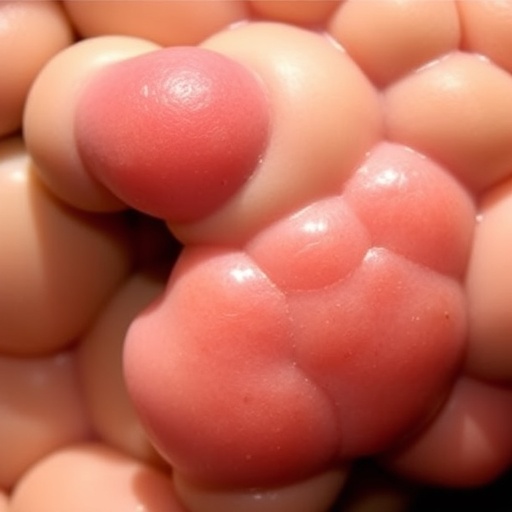
Credit: Photo courtesy Neha Gothe
CHAMPAIGN, Ill. — Researchers used accelerometers to measure daily physical activity in 30 stroke survivors for a week, assessing how much the participants moved and how well they performed routine physical tasks. The study revealed that stroke survivors who engaged in a lot of light physical activity – taking leisurely walks or attending to nonstrenuous household chores, for example – also reported fewer physical limitations than their more sedentary peers.
The researchers describe their findings in the American Journal of Physical Medicine and Rehabilitation.
“Stroke is a major cause of disability in older adults,” said Neha Gothe, a professor of kinesiology and community health at the University of Illinois at Urbana-Champaign who led the research. “We know that physical activity can improve how well people survive a stroke and recover after the fact. But almost no research has looked at how physical activity of different intensities affects physical function among stroke survivors.”
Gothe and her research team used two measures of physical ability – the Short Physical Performance Battery, which measures balance, walking speed and lower-limb endurance, and the Late-Life Function and Disability Instrument, which asks participants to report how difficult it is for them to perform daily tasks such as getting in and out of a car or pouring water from a heavy pitcher.
The researchers discovered that, on average, the stroke survivors logged only about seven minutes of moderate-to-vigorous activity per day.
“In contrast, they averaged more than three hours of light physical activity each day,” Gothe said. “This includes things like walking at a leisurely pace, housekeeping, light gardening or other activities that do not cause a person to break a sweat.”
The amount of moderate-to-vigorous physical activity was the best predictor of participants’ performance on objective measures of physical function, the researchers found. But a person’s self-reported ability to perform daily tasks was much more closely associated with the amount of time they engaged in light physical activity.
“Our findings are preliminary but suggest that – in addition to moderate-to-vigorous physical activity – those daily routines that keep us on our feet and physically engaged in lighter tasks also contribute to better physical functioning in stroke survivors. This aligns with the latest Physical Activity Guidelines for Americans that emphasize the need to move more and sit less,” Gothe said. “Engaging in light physical activity can be healthy and beneficial, especially for those with chronic health conditions such as stroke.”
###
Editor’s notes:
To reach Neha Gothe, email [email protected].
The paper “Associations between physical activity intensities and physical function in stroke survivors” is available online and from the U. of I. News Bureau.
Media Contact
Diana Yates
[email protected]
Original Source
https:/
Related Journal Article
http://dx.




